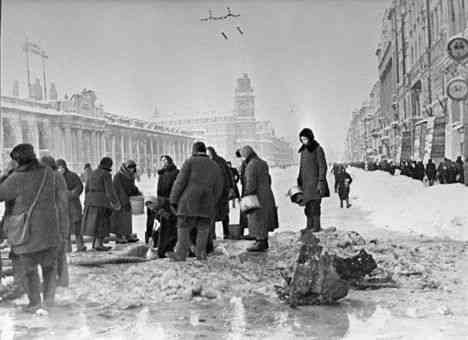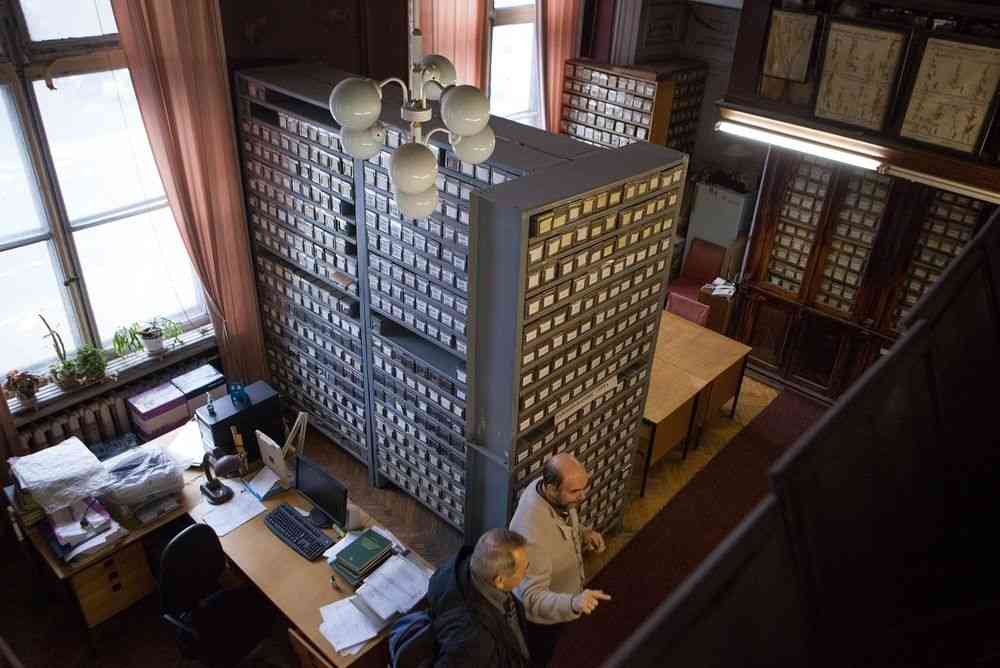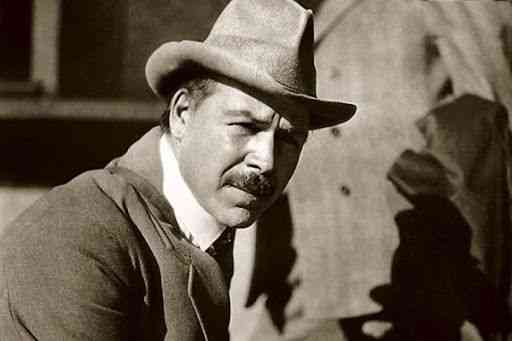A Russian scientist, he specialized in genetics and his activity included many scientific disciplines such as geography and botany. Founded the Institute of Plant Study and the Institute of Genetics, laid the scientific foundations of the theory of plant origin and the theory of plant immunity, and collected the largest seed group in the world Nikolai Vavilov was born on November 25, 1887, in Moscow.

studying
From a young age, he showed a tendency to natural sciences, and he spent a lot of time meditating on animal behavior and plant growth. He gained knowledge from his father's library. He joined the commercial school in Moscow in response to his father's insistence and then to the Agriculture Institute
Responsibilities
Vavilov worked at the Institute of Agriculture in Britain under the supervision of the famous English scientist William Betson in 1914 and worked as a professor at the College of Agriculture in Saratov in central Russia in 1917.
He was included in scientific and management positions, and in 1920 he headed the Institute of Experimental Agriculture and then became head of the General Institute for New Varieties of Crops, which in 1930 transformed into the Institute of Plants. In 1929 he was elected an active member of the Soviet Academy of Sciences, and he presided over the All-Soviet Agricultural Academy.
the scientific track
In 1911 he began his research career and aims to obtain a degree in Professor of Natural Sciences. Prepare an integrated study on ways to immunize plants against infectious parasites, and at the same time attend the qualification sessions for female workers in the field of agriculture.

In 1912 he moved to St. Petersburg to continue his studies in the field of agriculture, and in 1913 he traveled to France where he focused his attention on seed science, and from there to Germany where he joined a scientific laboratory.
His first field achievements were to uncover the causes of the mass infection of Russian soldiers in Iran, and his research led to the discovery of harmful fungus in Iranian bread at the time. He recommended not eating local food and the Russian Tsarist authorities responded to this, which enabled the halt to the spread of fatal infection among Russian soldiers there.
He researched 650 wheat seeds and 350 barley species to complete his study on plant immunity, and the results of this research found a reflection in his book "Agriculture in the Southeast".

During the period 1920-1927, Vavilov made several trips abroad, during which he visited the United States of America, the Netherlands, Afghanistan, Africa, and the Mediterranean basin region.
During which he was briefed on the most important scientific achievements in the field of agriculture, he summarized the results of his tours in a book entitled "Agricultural Afghanistan presented a long scientific study before the Fifth International Conference on Genetics, devoted to the topic of geographical centers of plants."
Establishment of the Institute
Establishment of the Institute During the 1920s, the Soviet botanist and hereditary scientist Nikolai Vavilov tended to collect about 200,000 of the finest and best types of plant seeds in the world. By 1941, this institute would become the largest and most important seed bank on Earth.

And inside the seed bank found more than 40 thousand of the seeds of food crops that the Soviet scientist Vavilov sought through to end the food crises that the former Soviet Union suffered through obtaining abundant crops.
During July 1941, just two months before the beginning of the Leningrad siege, Soviet botanist Nikolai Vavilov received a death sentence, and he was soon commuted to 20 years imprisonment in forced labor centers known as Gulag because of his belief in the Mendelian theory of genetics (Mendelian) inheritance) and his rejection of the misconceptions of Lysenkoism brought by his Soviet counterpart, Trofim Lysenko, who was supported by the Stalinist regime and which refused to recognize genetics, genetics, and Mendelian rules.

With the beginning of the German siege during September 1941, the city of Leningrad lived through the effects of the famine, and during the first months, the number of deaths due to hunger increased increased.
The people intended to eat the dead body of the dead. Some individuals went to the killing to feed on the bodies of their victims, which raised the concern of the Soviet secret police in the city, which did not hesitate to arrest the killers for their execution and distributing their flesh to the rest of the people.
During that period, students of the Soviet botanist Nikolai Vavilov at the Institute of Plant Industries went to hide seeds, which are among the finest types of seeds in the world in the cold centers within the institute, where they preferred to preserve these seeds for adoption in improving agricultural production and Soviet crops after the war instead of providing them to the people the city's hungry and wasted research continued for decades.
The Soviet scientists at the Vavilov Institute faced a problem because of the cold weather, which was able to spoil the potatoes, and they were only collecting a quantity of wood from the Leningrad devastated parts due to the German bombing, to ignite it inside the institute and create a warm place to preserve the potatoes.

Despite the availability of a large amount of seeds sufficient for years, the Soviet scholars preferred the Vavilov Institute to maintain this distinctive type of seed and not to eat it to give instead to stay up long periods of time to protect it from mice.
After about 872 days of siege, the Soviet army managed to expel the Germans and regain control of the area.

During the siege of Leningrad, at least 9 of these scientists died from starvation, as they believed that the nutritional future of the Soviet Union and the world was more important than their lives.
During the following decades, these rescued seeds were used to improve the agricultural crops of the Soviet Union and many other countries and to ensure the presence of many plants today. The Vavilov Foundation in Petersburg is the largest plant gene complex in the world, and it was named one of the newly discovered asteroids to commemorate its memory.


Thanks for reading!
Stay with us.
- Utopia Educators. Do subscribe to stay updated. Thanks
Sources:
1-https://ar.broadwayblogspot.com/3172-process-the-trial-of-nikolai-vavilov.html


